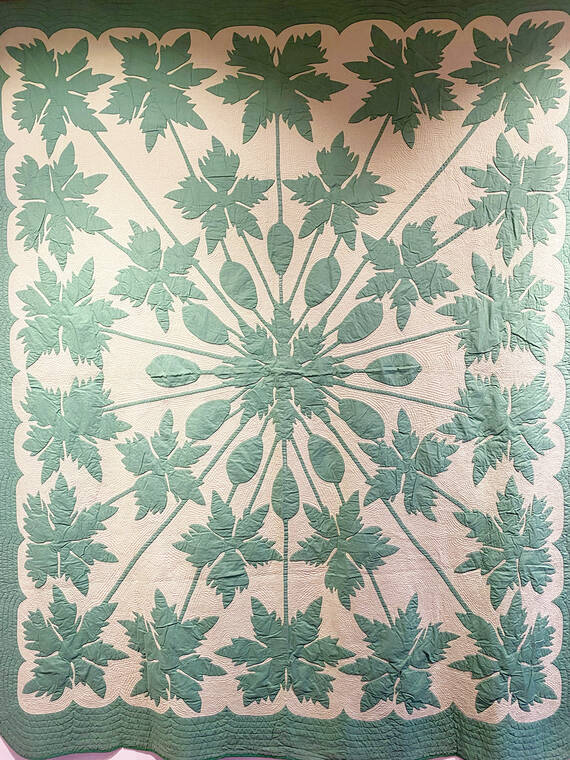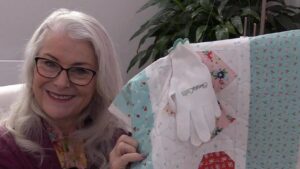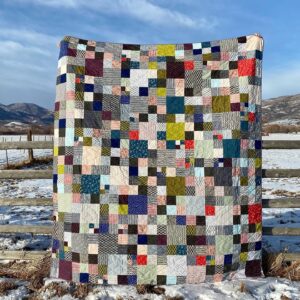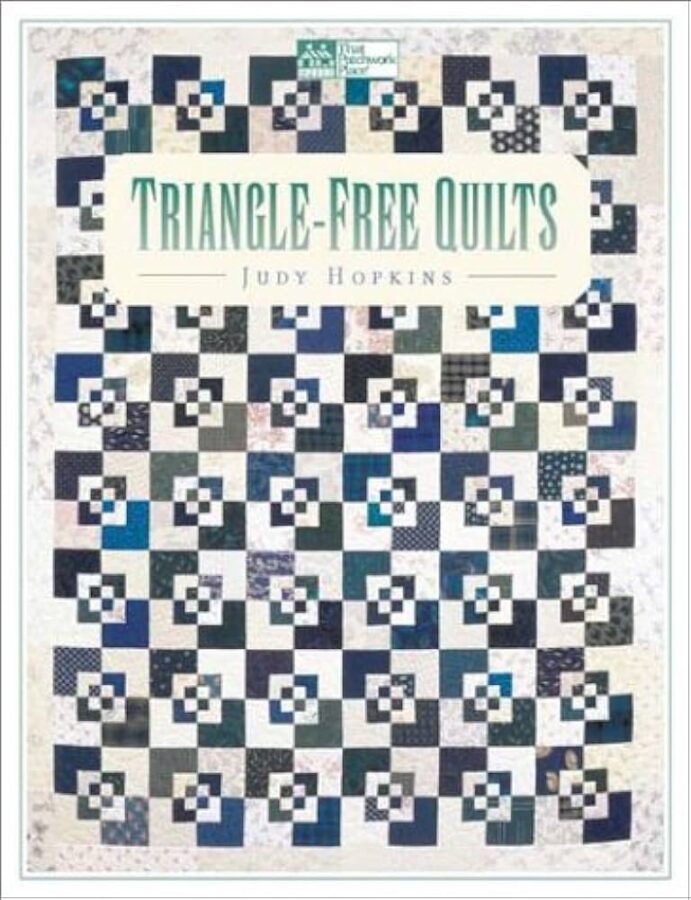Oh, Hawaii! Those pristine blue waters, cheerful faces, and rhythmic island dances that instantly pop into our minds. More than just a paradise, Hawaii holds a treasure trove of history, notably the radiant and stunning Hawaiian Quilts. Let’s embark on a colorful journey and explore the very roots of these tapestries that whisper tales of the tropics! ️
Missionaries and the Introduction of Quilting
The 1800s saw missionaries setting foot on Hawaiian shores. While there’s a ton to discuss about this era, one significant takeaway is that these missionaries introduced Hawaiian women to quilting. The earliest relics of their quilting efforts trace back to the 1820s, but not in the form we recognize today. These pioneers stitched quilts using scrap materials. Interestingly, Hawaii already had a quilt-like tradition: the Kapa Moe. Made from layered bark strips transformed into smooth cloth, these covers bore artistic designs, with the affluent showcasing more elaborate patterns.
Enter the Applique Designs: 1840s
Between 1840 and 1860, America saw a revival of applique designs. This artistry paved the way for the evolution of traditional Hawaiian quilts. Yet, it wasn’t until the 1870s that we get concrete evidence of Hawaiian quilts mirroring this art form.
The 1870s: A Significant Era for Hawaiian Quilts
By this time, the face of Hawaiian quilts was changing. Applique on solid cloth became the style du jour. With westernization came cotton, giving Hawaiians the raw material to weave their magic. Their quilts were a symphony of two colors: the backdrop and the applique. The emphasis was on symmetry, reminiscent of intricately cut paper snowflakes. A notable account from this period is Isabella Bird’s “Six Months in the Sandwich Island”, which some believe makes mention of a Hawaiian quilt.
Personal Touches in Late 1800s – 1900s
As with any art form, once the basics are mastered, creativity flows. Hawaiians began adding personal touches to their quilts, infusing them with the island’s essence. Popular motifs included Hawaiian symbols, while others went for the Coat of Arms. But, oh, the quilt journey of Hawaii doesn’t stop here!
Delving Deeper with ‘The Hawaiian Quilt: A Unique American Art Form’
If Hawaiian quilting history intrigues you, Linda Boynton Arthur’s book is a gem. Authored by a professor from the University of Hawaii at Manoa, this book offers:
- A historical overview of Hawaiian textiles.
- Insights into the influences on quilt transformations.
- A spiritual and cultural discourse linked with quilting.
While the book paints a vivid historical picture, it’s not a design manual. But don’t fret, I’ve got something special for budding quilters!
Master Hawaiian Quilting with ‘Poakalani: Hawaiian Quilt Cushion Patterns & Designs’
Poakalani is your go-to guide for everything Hawaiian quilting. Let’s see what these volumes offer:
- Volume 1: Tailored for newbies, introducing the basics of Hawaiian blocks, complemented by 15 fabulous patterns.
- Volume 2: An advanced journey from single blocks to grand bed quilts.
- Volume 3: A treat for all skill levels, presenting 15 fresh patterns.
For those smitten by Hawaiian quilts, these books are your passport to the enchanting realm of island-inspired quilting!
| Key Highlights | Details |
|---|---|
| Origin of Hawaiian Quilting | Introduced by missionaries in the 1800s |
| Traditional Bed Covers | Kapa Moe |
| 1870s Quilting Method | Applique on solid cloth |
| Must-read Book | ‘The Hawaiian Quilt: A Unique American Art Form’ |
| For Quilters | ‘Poakalani: Hawaiian Quilt Cushion Patterns & Designs’ |







